Remember when Manual merged with Male in 1915?
Smaller classrooms like these were utilized in the Louisville Boys High School during the Male-Manual merger. Photo by Feliphe Schiarolli on Unsplash.
October 24, 2022
Dating back to 1892, duPont Manual has seen its fair share of intriguing events. Some unbelievable developments have occurred at the school since its founding 130 years ago, and its path to becoming the top-ranked public school in Kentucky is not a traditional one. In fact, Manual students once shared a building with their rivals, and have Male to thank for Manual’s independence.
Male High School predates Manual by 36 years. The perennial rival of Manual was founded in 1856 focused on academics, in contrast to most contemporary schools’ instruction in manual labor. Discontented students who wished to learn a trade in labor would find Male quite unwelcoming. In 1890, to cater to this demand, Male opened barracks on their campus which featured shop-style trade courses. These were extra-curricular, so students had to show up an hour before school every day for mechanical drawing, or remain after school for up to two hours for shop class. Despite these time commitments, demand for these trade classes soon exceeded the capacity of Male itself.
Alfred Victor duPont stepped into the picture in 1892, and as an affluent member of the Louisville community, he was willing to expedite the training process for trade-seeking students using his immense wealth. He contributed 150,000 dollars to the JCPS Board of Education for the purchase of a parcel of land, and established the manual training school that citizens were clamoring for. By October, the school was ready to hold its first class of students. On Nov. 18th, 1893, the first Male-Manual football game was held, launching one of the oldest high school football rivalries in the United States.
However, there once was a period of time when the bitter enemies were merged into one school. Ernest Holland, JCPS Superintendent from 1911-1915, presented a plan to the Board of Education which merged the schools together, supposedly to cut costs. As the plan gained traction in 1914, it was revealed that the breakup of football animosity between Male and Manual was a contributing factor.
“We should not have the boys of Louisville divided into rival camps with antagonism against one another that is too often carried into their business lives,” Judge Strother said at a board meeting in late 1914.
Manual students were described in the Courier-Journal as being largely in favor of the merger despite the fact that no students were interviewed. A vote was never offered to Manual students approving or disapproving the plan, but student actions showed that a majority did not favor the merger. Forty-five Manual students traveled to a summer 1915 Board of Education meeting in protest, but the damage was already done. Without a formal vote from the board, Holland confirmed the consolidation of Male and Manual into a new institution: the Louisville Boys High School.
Holland resigned on Nov. 1st, 1915, mere months after the merger. He accepted the post of President at Washington State College, a school over 2000 miles from Louisville, and left “Holland’s Folly” in the hands of others. The popular, long-time principals at both Manual and Male were both removed from their positions. The Louisville Boys High School received the out-of-towner C.E. Reed as a principal, who was hand-picked by Holland in his final days as superintendent.
The autumn of 1915 brought the long-awaited football season, but the new administration quickly highlighted the flaws of the consolidation. Only starting players would receive socks and jerseys, while substitute players would have to purchase their entire uniforms elsewhere. Even starting players would still have to provide their own pants and shoes. Subsequently, foot injuries began occurring due to cheap, low-quality shoes that were what most families could afford. Further fueling the fire, Principal Reed issued a warning to football players:
“If any boy is dissatisfied he can leave the squad, as there are others to take his place,” Reed stated.
The rivalry game between Manual and Male brought in significant funding for the schools before the merger. Without such an event, the Louisville Boys High School began to lose more and more revenue over time, counteracting any of Holland’s hopes of cutting costs.
The death of the merger came due to the manual training classes. The academic classes of Louisville Boys High School were held at a new location which arose from Male’s need for a larger building due to overcrowding. However, the trade classes that the new school inherited would still be held at the old Manual property. The distance between the manual training classes and the Louisville Boys High was about three-fourths of a mile, a distance that students would have to cover every day.
By winter, parents concerned about their students facing the cold every day began pulling their children out of the manual training classes in droves, forcing the administration to reconsider the merger. By 1919, the consolidation had proved to be an economic fiasco. On June 3rd, the Board of Education officially voted to separate Male and Manual.
“It has proven more costly and destroyed two good schools. Neither is as good as before the merger,” board member Albert Weaver said.
Manual’s former longtime principal E. P. Chapin was reinstated to his position. The Crimson yearbook was brought back from its four-year hiatus, and Manual returned to its old building. Male, on the other hand, kept the brand new building that had previously been Louisville Boys High School.
The football rivalry returned just as popular as ever. In the years following the separation, record-breaking numbers of attendees returned to the clash. An audience of 7,000 people for 1913’s game swelled to an audience of 12,000 in 1924, post-merger. The attendance only grew from there, reaching 18,000 in 1939 and over 20,000 in 1959. The rivalry still exists today, and our students are just as ready as ever to stand up and cheer for dear old Manual.
McDaniel, Mike (2015). Stand up and Cheer: The Official History of DuPont Manual High School. Butler Books.









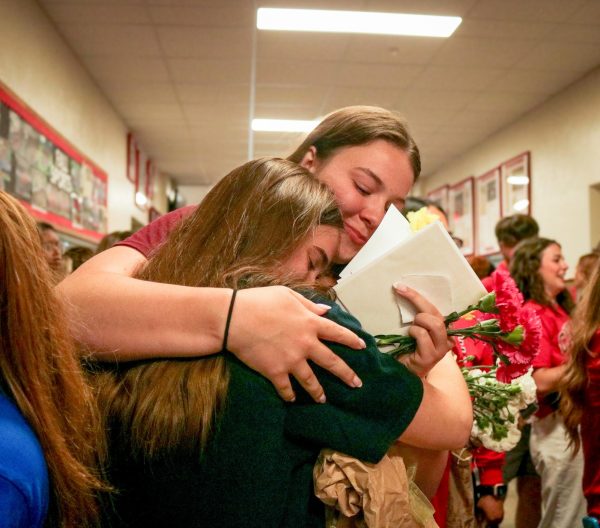
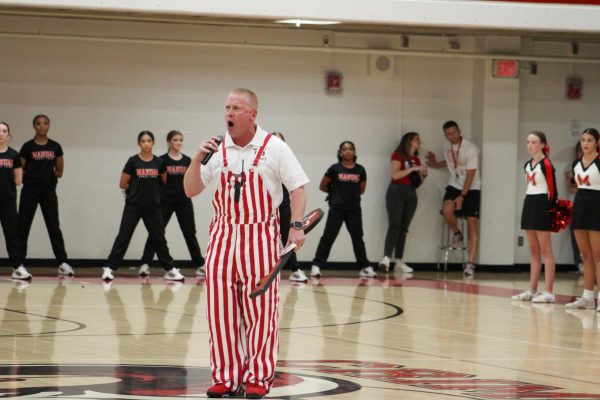



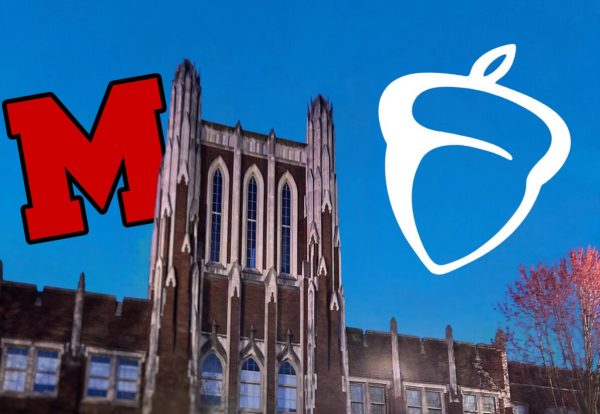
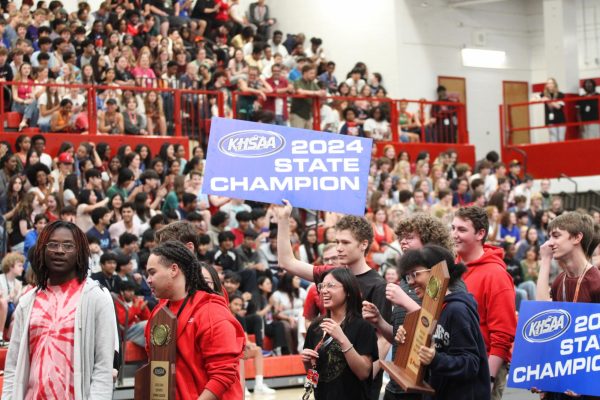

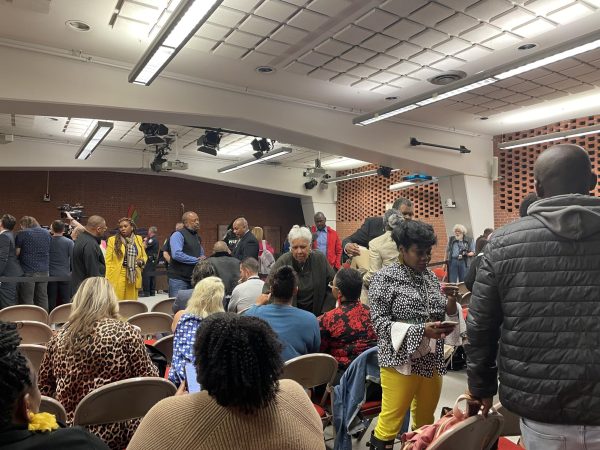

Scott Griggs • Oct 26, 2022 at 7:29 pm
Very nice article. I bet many today don’t know that the two schools were consolidated for a time over 100 years ago. One minor correction I would like to point out: E.O. Holland was Superintendent of Louisville City Schools at the time of consolidation, not of JCPS. Male High and DuPont Manual were under the Louisville City Schools system, which wouldn’t be absorbed into JCPS until the 1970s.
Excellent work thank you for bringing this interesting period into the present consciousness.
Caleb Masterson • Nov 4, 2022 at 8:11 am
I appreciate your feedback!